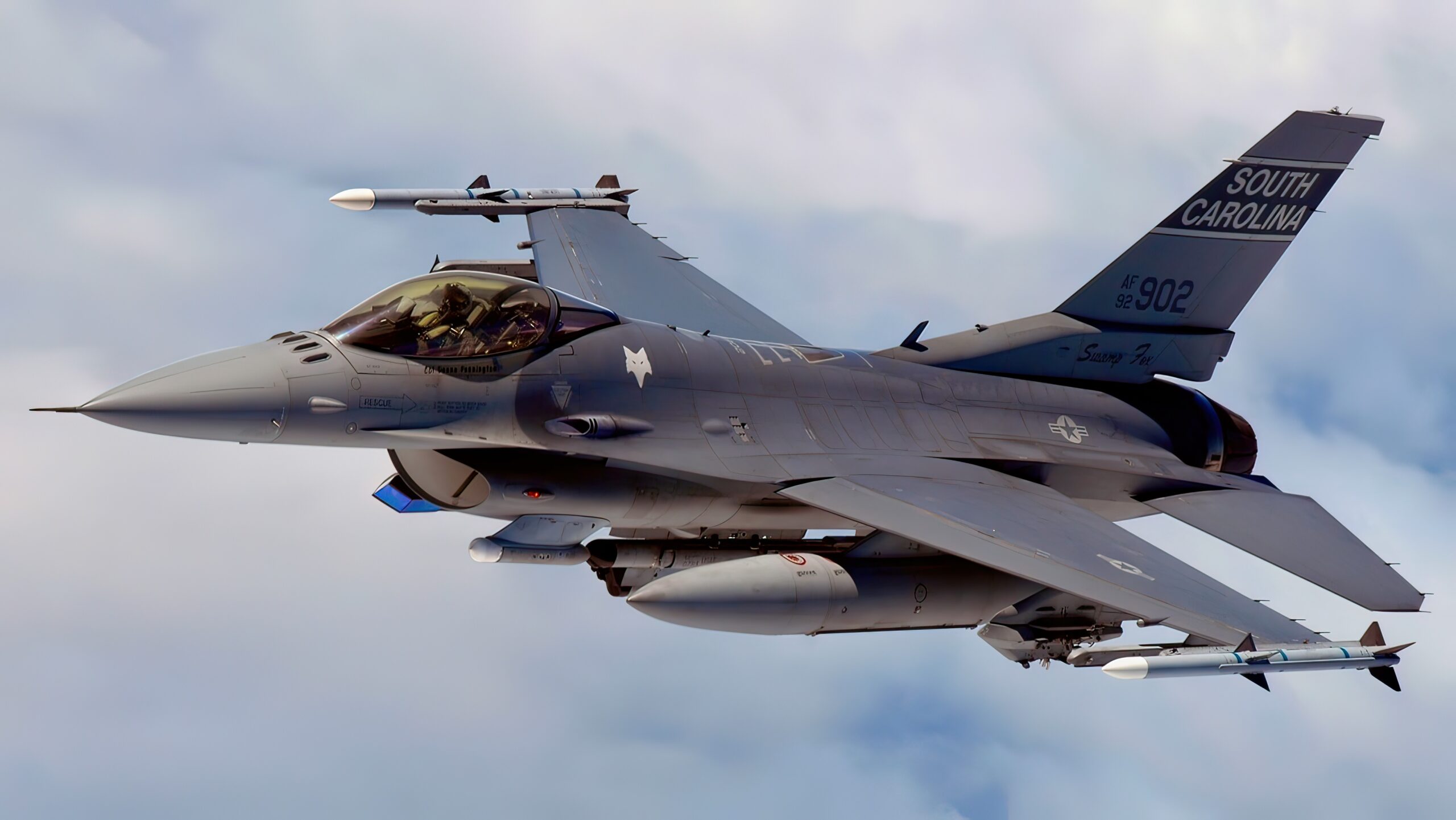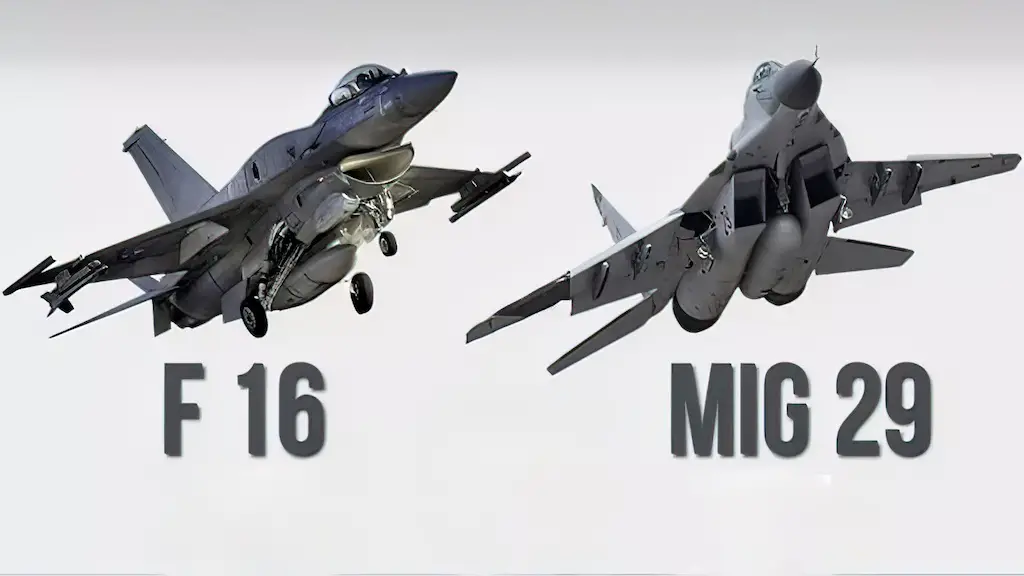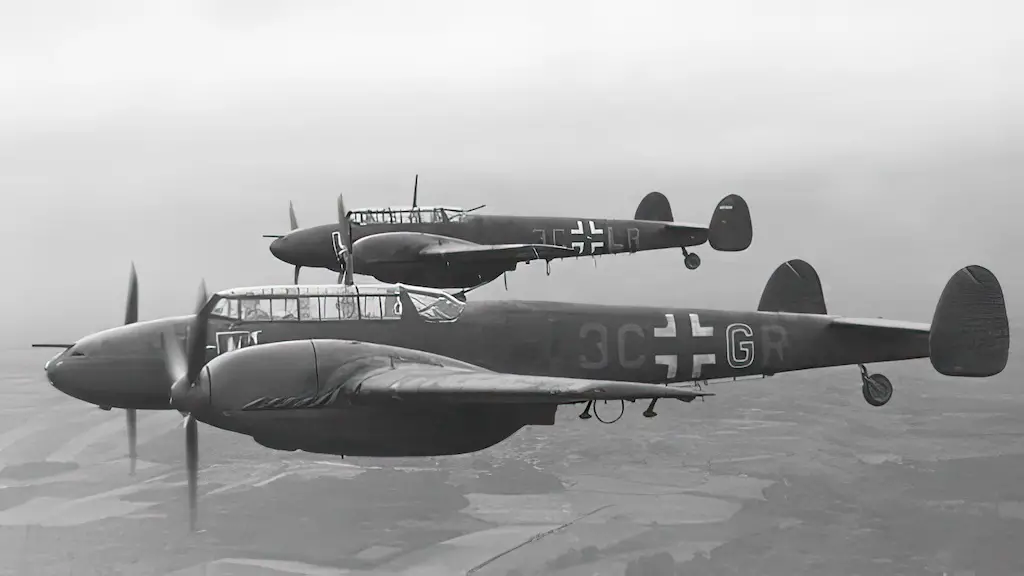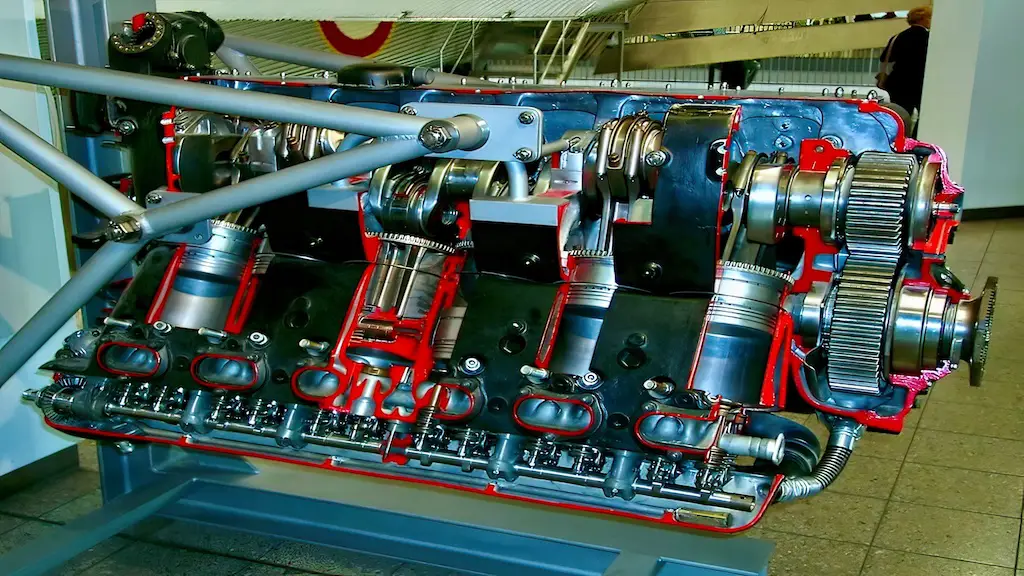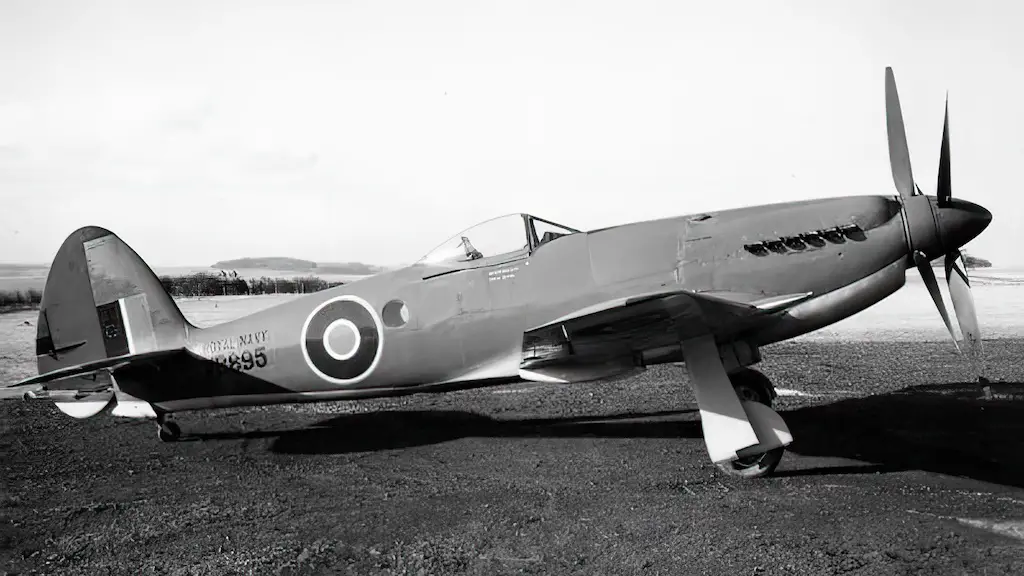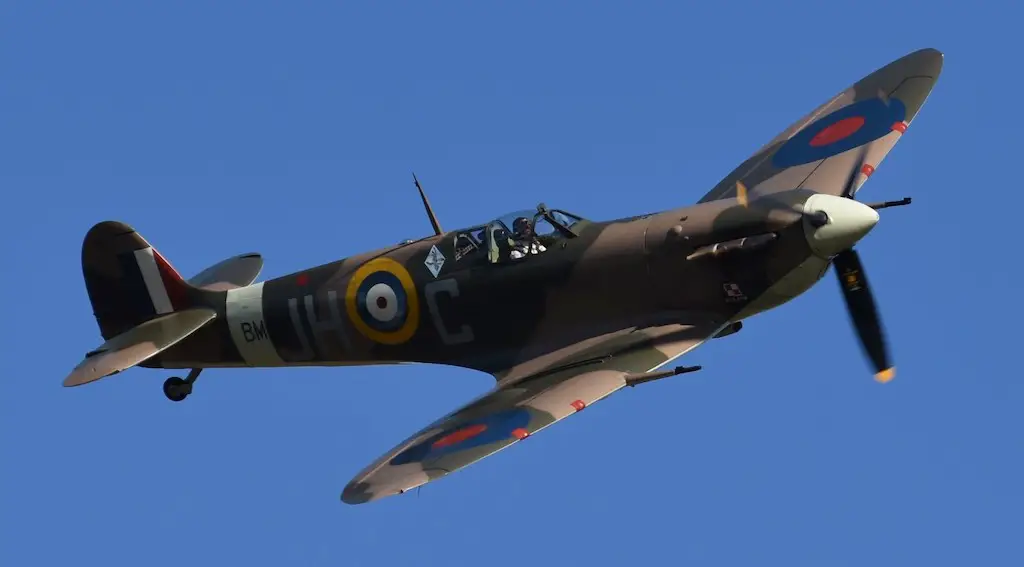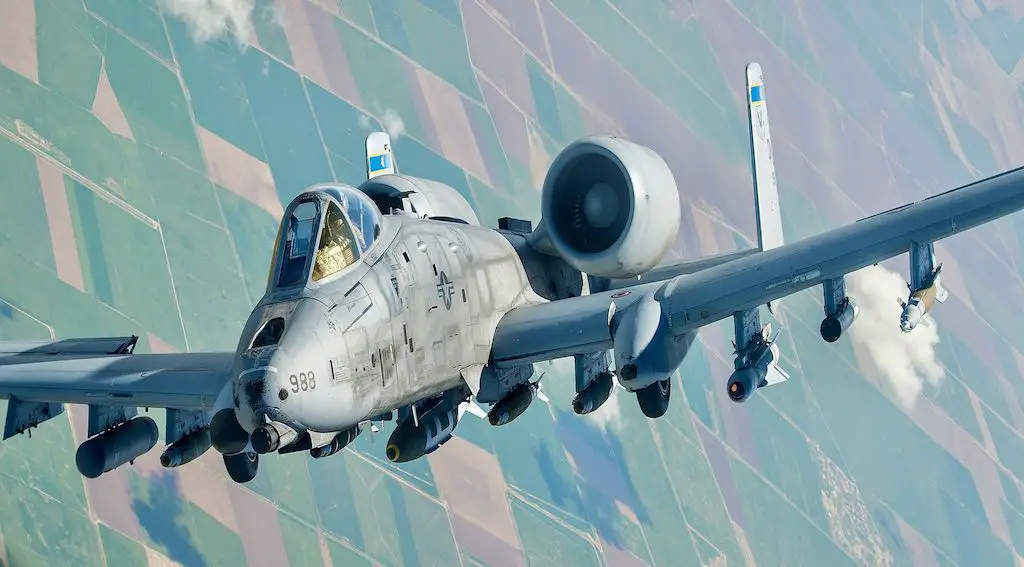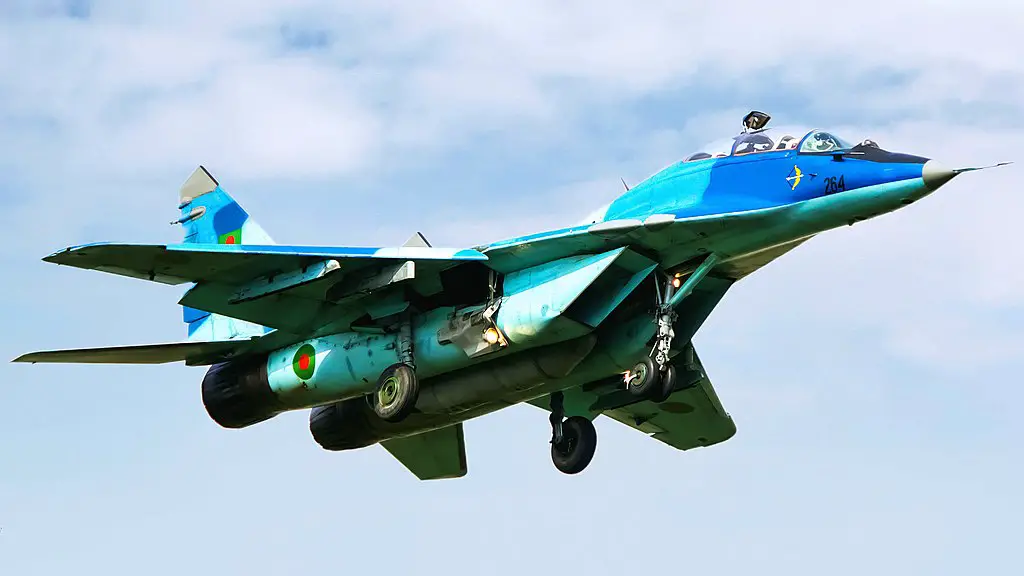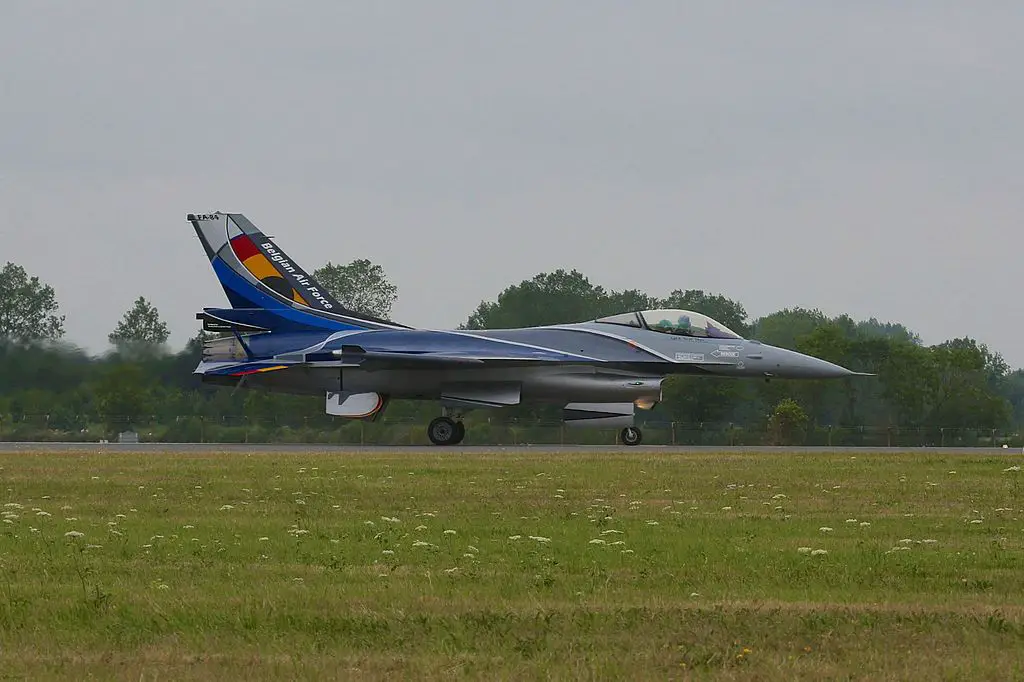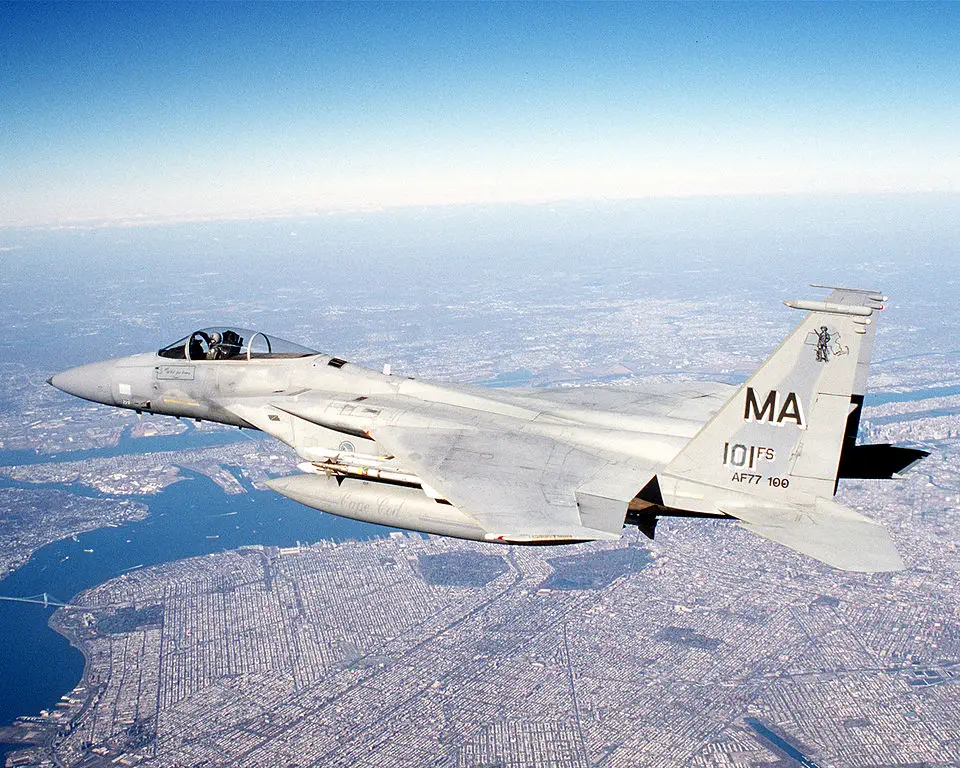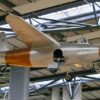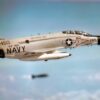Eagles of the Skies
In the modern military aviation realm, the F-16 Fighting Falcon and the Mig-29 stand tall. The US’s Lockheed Martin produced the F-16. The Russian Mikoyan design bureau birthed the Mig-29. These machines have forged geopolitical history for decades. They signify their nations’ peak of technological might and military prowess. So, how do these iconic combat birds compare?
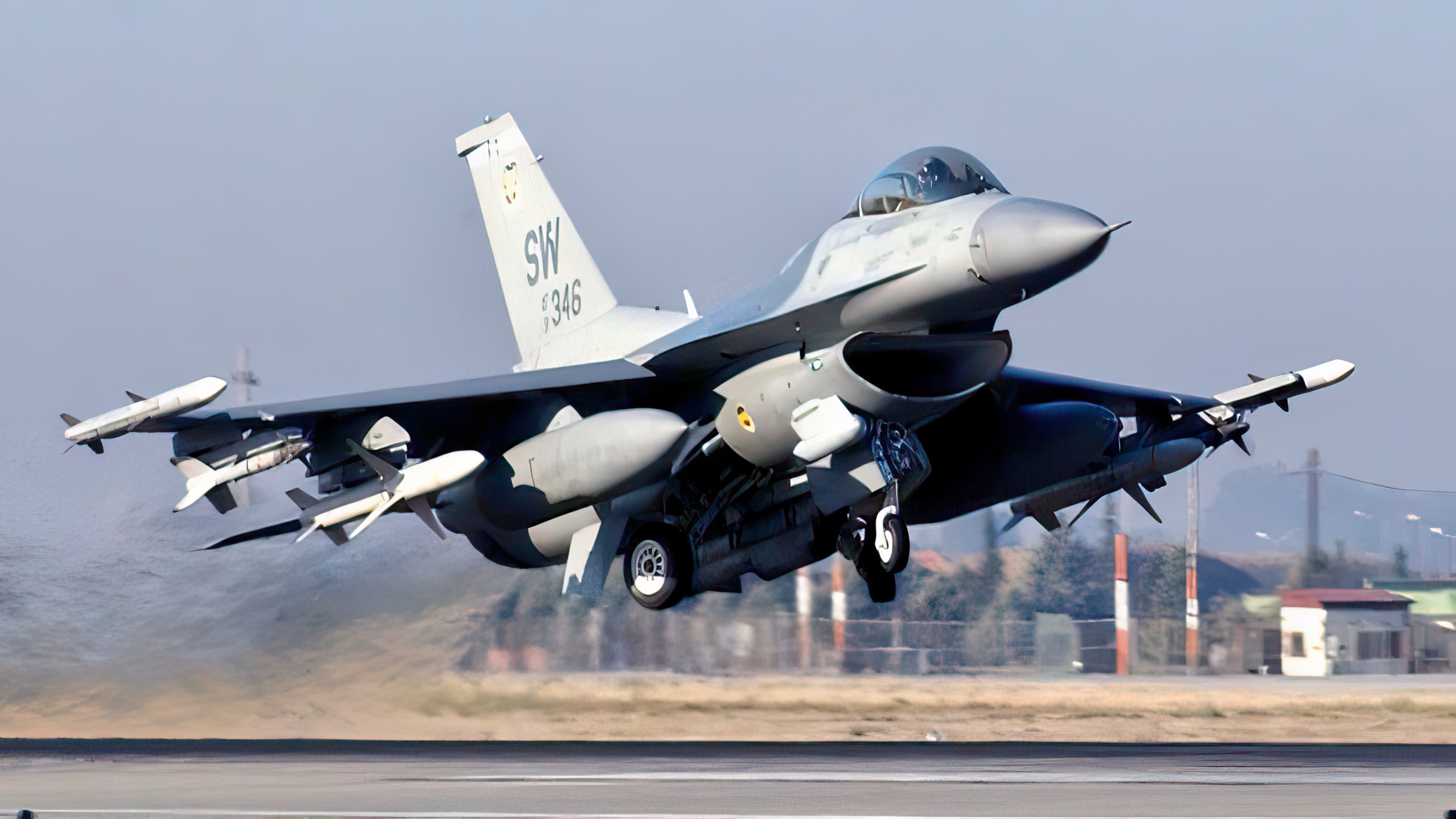
The Versatile Predator
The F-16 Fighting Falcon, commonly referred to as the Viper, first took to the skies in 1974. Primarily designed as an air superiority day fighter, it evolved into a successful all-weather multirole aircraft. With over 4,600 units built, it remains an integral part of the air forces of 25 nations.
The F-16 is cherished for its remarkable maneuverability, delivered by a frame designed around relaxed static stability and a powerful Pratt & Whitney F100-PW-200 engine. This beast, with a thrust of 24,000-27,000 lbs, ensures a top speed of over Mach 2.
Its advanced avionics systems and the unique bubble canopy design offer the pilot superior situational awareness. Furthermore, it carries an impressive array of weapons, from precision-guided bombs to a variety of air-to-air and air-to-surface missiles, making it a true threat in the sky.
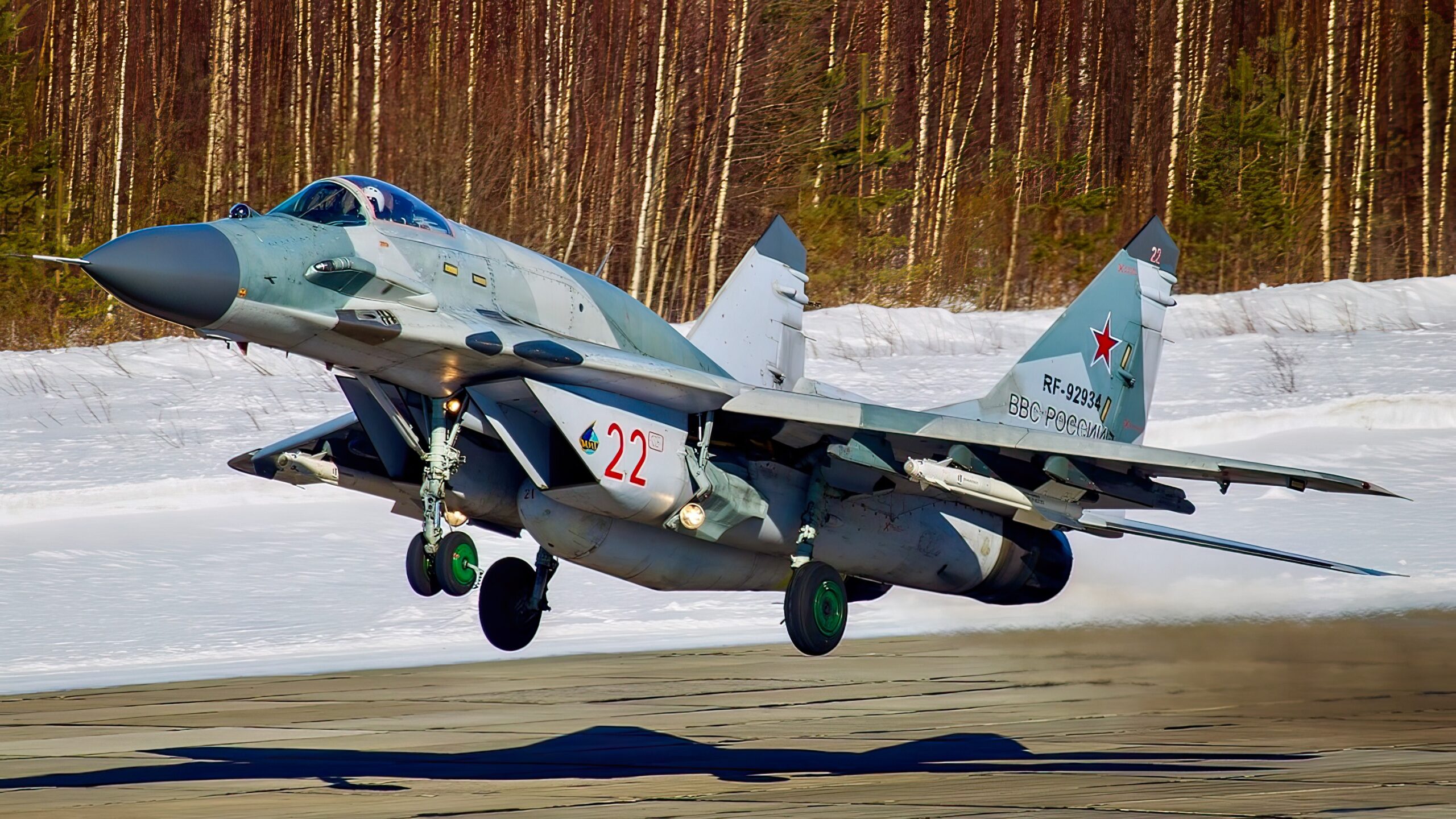
The Eastern Menace
In the opposite corner stands the Mig-29, or ‘Fulcrum’ as NATO prefers. Its birth in 1982 heralded a twin-engine jet fighter. It matched the West’s F-15 and F-16, demonstrating Soviet air power during the Cold War’s apex.
The Mig-29 can hit a top speed of Mach 2.25. This is due to its two RD-33 turbofan engines, each forcefully thrusting 18,300 lbs. Its high thrust-to-weight ratio and rugged airstrip operation make it a tough competitor.
In a dogfight, the Mig-29 stands tall. Its helmet-mounted sight and notorious R-73 short-range air-to-air missile system aid it. Yet, its infra-red search and track (IRST) system stands out. This system grants a silent, deadly advantage in air combat, making radar redundant.
F-16 vs Mig-29
So, when these two icons come head-to-head, who emerges victorious?
Despite the Mig-29’s impressive capabilities, the F-16 boasts an edge in several crucial aspects. One of the Falcon’s significant advantages lies in its range. The F-16 can cover over 2,200 miles without aerial refueling, compared to the Mig-29’s limited 888 miles. This advantage provides the F-16 with superior mission flexibility and sustainability.
The F-16 remains relevant and potent due to its continuous upgrades. The latest F-16V variant boasts an Active Electronically Scanned Array (AESA) radar system. This system offers improved detection and tracking capabilities. It also provides increased resistance to electronic warfare. Maintenance needs decrease compared to the Mig-29’s older radar technology.
The F-16’s fly-by-wire control system ensures superior handling and maneuverability. Its advanced avionics complement this system. As a result, the F-16’s combat effectiveness and survivability improve, especially in beyond visual range (BVR) engagements. BVR engagements form the majority of modern air combats.
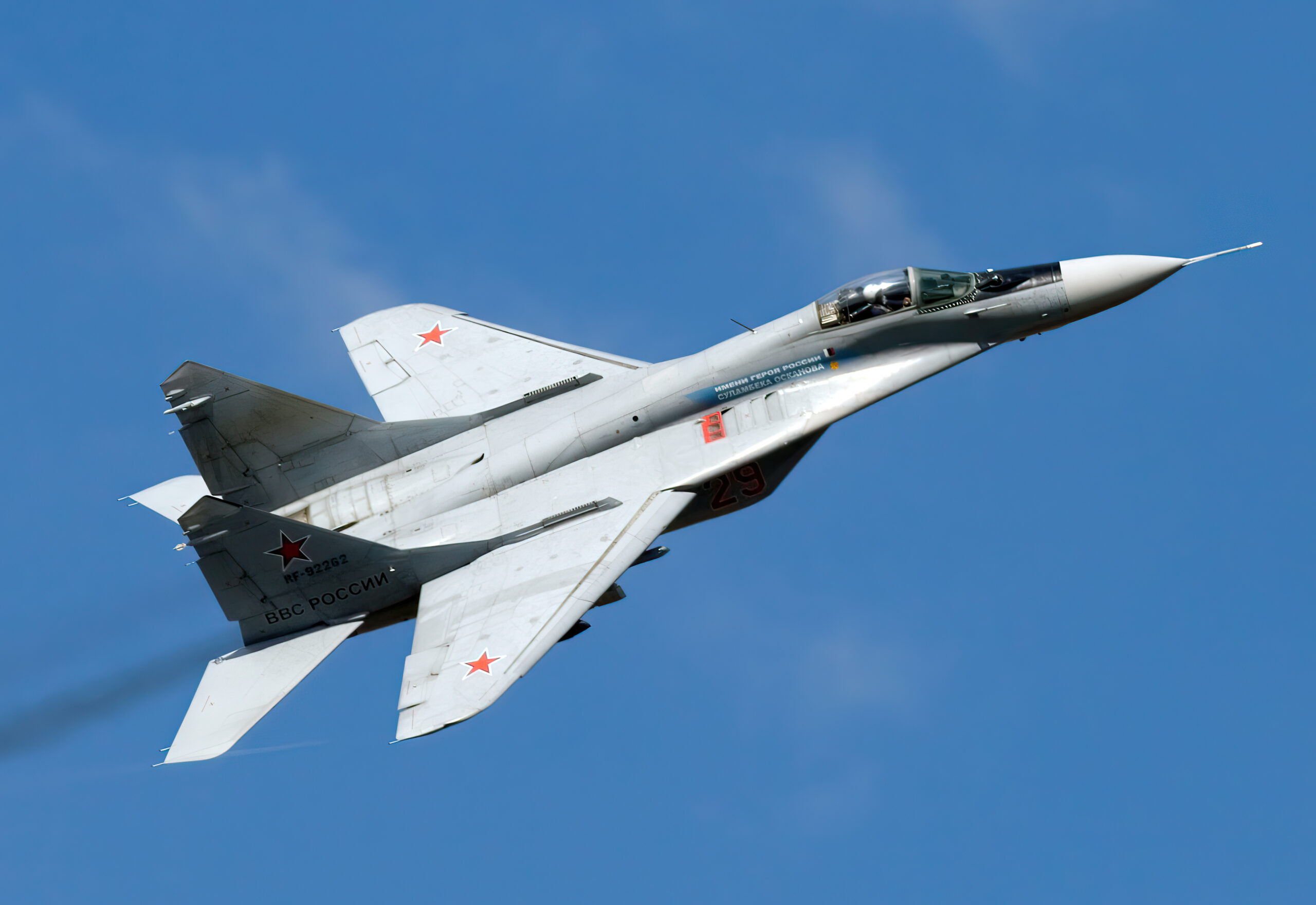
Final Verdict: The F-16 Soars Supreme
In this aerial duel between East and West, the F-16 Fighting Falcon edges out as the winner. Its combination of range, flexibility, advanced avionics, and continual upgrades give it the decisive advantage over the formidable Mig-29. The F-16’s prowess isn’t merely theoretical but has been demonstrated in various real-world engagements, proving its mettle in the unforgiving theater of aerial warfare.
Both aircraft remain symbolic of their nations’ technological prowess, their design philosophies, and their strategic imperatives. They represent a fascinating chapter in the story of human innovation and the ceaseless ambition to command the skies. Yet, when the dust settles, the F-16 Fighting Falcon reigns supreme in this aerial gladiatorial match. Its versatility and advanced features make it the true titan of the sky.
